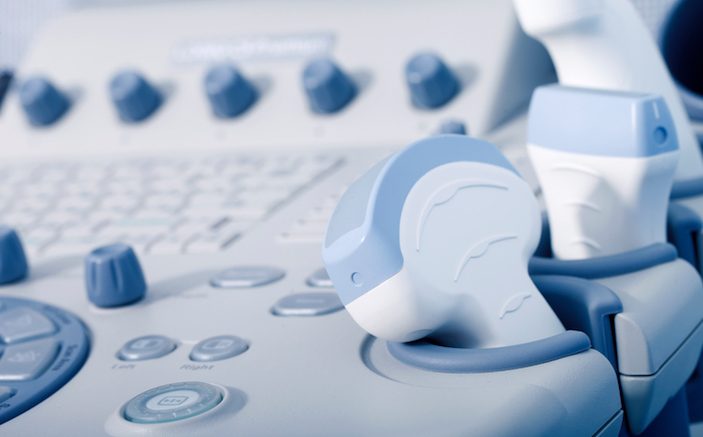Initial results are in from EPM’s point-of-care ultrasound survey. Here’s the story they tell.
The use of bedside point of care ultrasound (POCUS) has many applications in emergency medicine including rapid diagnosis of certain critical conditions such hemoperitoneum and pericardial tamponade and for evaluation of hypotension and cardiac arrest. Its use can also permit safe disposition home with deferred formal imaging in certain less critical conditions such as renal colic or first trimester vaginal bleeding. With more EM residents being trained in the use of bedside ultrasound every year and more physicians in community practice having an ED dedicated ultrasound machine, we attempted to measure the availability of POCUS and how often it is used in United States emergency departments. We also attempted to ascertain which applications emergency physicians most frequently use POCUS for.
This month we report the preliminary results of the 2016 Hands On Contemporaneous Use of Sonography at the Point Of Care in United States Emergency Departments (HOCUS POCUS ED) Survey of Emergency Physician Monthly subscribers. We have had 180 responses so far. Log your feedback here.
The responses so far suggest that, as predicted, the use of POCUS in US emergency departments is becoming more and more common. Our survey suggests that the availability and use of ultrasound in United States EDs in 2016 is more universal than ever, with over 85% responding that they had at least one ED ultrasound machine. By comparison, the 2004 survey by Moore et al. of ED directors from 1130 EDs showed that ultrasonography was available for use by emergency physicians at all times for 19%, at certain times in another 15%, and not at all in the remaining 66%. In this study, of physician groups performing POCUS, only 16% were requesting reimbursement from payers. By 2009, a survey of bedside ultrasound use by emergency physicians by Stein et al found that bedside ultrasound was available in 68% of academic departments and only 29% of community ED’s. The results of this survey suggest that ultrasound has indeed become much more prevalent since these 2004 and 2009 surveys.
Not surprisingly, in our survey, those respondents who had POCUS available but had not received formal training in its use or had let their skills lapse were less apt to use it. This problem, of course, has an obvious fix: those who doubt their skills should take a training or refresher course or perform ED ultrasound on a more regular basis in order to improve and/or maintain their skills.
While the initial number of responders for this survey may be low, these are trends to watch. Here we offer a review of the numbers we’ve gathered, so that you can draw your own conclusions.
Comments: We would love comments to post when this survey comes out. If you would like to send us comments, please email twhitted@epmonthly.online








